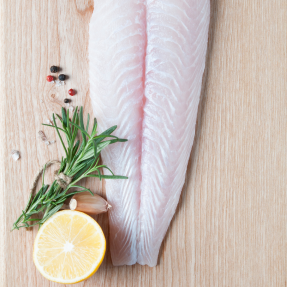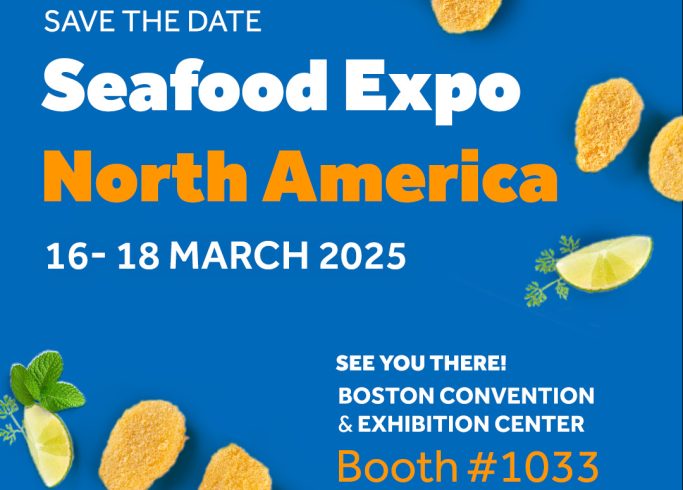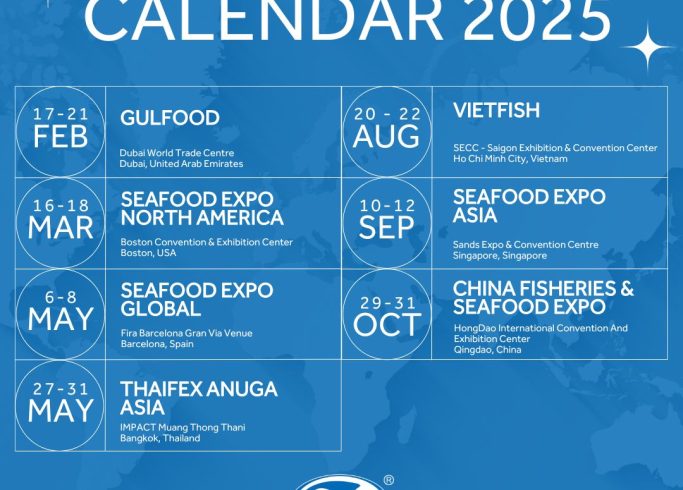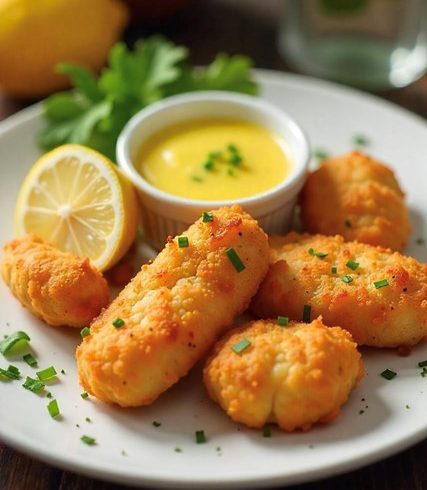[Industry news] Pangasius prices easing as supply catches up to demand
06 June 2017
[Reposted from Undercurrent News, please find the original article here. We are not in any way responsible for the original content]
![[Industry news] Pangasius prices easing as supply catches up to demand 1 hinh ben trong nha may](https://www.vinhhoan.com/wp-content/uploads/2017/06/hinh-ben-trong-nha-may.jpg)
After the fastest hike in pangasius raw material prices seen in a decade, supply is beginning to catch up with demand and prices look set to ease from June onwards, sources told Undercurrent News.
“We have not seen any increase recently,” said a salesperson with Vietnamese exporter Mekong Seafood Connection. “It seems that prices have settled down, since some factories need orders now [and] the high price period made them suffer from decreasing number of orders.”
She confirmed prices given to Undercurrent by a major producer, of $2.30-$2.35 per kilogram for frozen fillets, EU treated, 100% net weight FOB Ho Chi Minh.
A large Dutch importer also confirmed this price level. This is down from a peak of $2.50/kg in March 2017, and from around $2.40/kg in April.
“Prices are still high, but supply will start to improve in June, and from July onwards,” said the source with the producer. “We know what’s in the water now, the growth rates look good; from June onwards harvests will pick up.”
“Prices will come down a little, but not to the lows we saw last September,” he said. In August and September 2016 raw material prices dropped below $2.00/kg.
At the start of April 2017 Max Basch – vice president of global sales and marketing for Vinh Hoan Corporation – told Undercurrent higher price levels could be set for the long haul.
“Fingerling prices doubled; and when the farmers’ costs double, a hike from VND 25,000/kg to VND 27,000/kg [raw material price] doesn’t cut it for them. This isn’t due to a quick shortage based on disease, or bad harvest, this is longer term; this price will be normal for maybe three to six months,” he said.
He noted at that time that fingerling production had recovered, so – all being well – pangasius production should begin increasing again in the second half of 2017. According to the former producer source, this looks to be on track, with normal temperatures and no adverse impacts from the onset of the rainy season thus far.
Meanwhile another executive with a large producer told Undercurrent prices have indeed eased thanks to favorable weather and good growth, suggesting better supplies of raw material in June and July.
However, this firm still anticipates less raw material in August and September, and so higher pricing into the last months of the year.
US import prices still high
Sources in the US confirmed that import prices remained high, and stable.
In April sources told Undercurrent prices were up to $1.70-$1.85 per pound, ex-warehouse; in May prices were stable at $1.80-$1.85, they said.
“Prices are high and older inventory is consumed or allocated for contract,” said Don Kelley, procurement manager with US importer Western Edge Seafood. “Other costs related to USDA [US Department of Agriculture] have not gone away, and continue to be concerning to exporters and importers.”
He noted that from the perspective of US freezers, that will physically assist in the USDA inspections, it was going to be “quite disruptive to have all of the loads stamped, due to labor constraints”, as the USDA works to get a handle on full inspections by Sept. 1.
This is the date by which both Vietnamese exporters, and the country’s government, must gain USDA approval that their management standards meet the US’; hence, gaining “equivalency”.
A second US importer added that supply appears to be stabilizing at the new higher price levels, and that “plants are full with orders and waiting for what is next with USDA”.
September deadline nears
The USDA recently held a meeting in Ho Chi Minh with a number of Vietnam’s producers, sources said.
“The companies that are likely going for equivalency in this first round [with the Sept. 1 deadline] I think are probably prepared, I think we’ll make it,” said the executive with the producer.
“We’re still unsure about the government, we feel there’s a bit of a lack of urgency there. It has to prove it regulates us to an equivalent level as the USDA would. There was some talk about harvesting equivalency, how in the US it’s with a truck and here it’s a wellboat. We’re all still working hard to achieve it.”
Tam Nguyen, general director of Vinh Hoan, told Undercurrent the recent meeting saw USDA visiting and working with Nafiqad (the national agro-forestry-fisheries quality assurance department) to brief companies on what compliance will look like after Sept. 1.
“It was a very helpful meeting for us,” she added. “The equivalency process is still going on and Vietnam central authority has been working on it.” There are no specific companies currently lined up be involved in the first round of equivalency as yet, she said.
Meanwhile, the booming demand seen from China in the first quarter of 2017 has continued into the second, he said, adding that margins are as good, if not better, when selling to China as compared with the EU.
“Prices mean we’re seeing some pangasius being substituted in for pollock in some areas, for use as breaded portions. We’re also seeing demand for value-added products on the rise,” he said, speaking or his own firm.
Middle East foodservice has been especially interesting in this regard, he said, where the demand is for coated portions to be the main protein on the plate (as oppose to in Asia, where there has been increasing demand for coated pangasius for snack foods).
In all, the EU is the least exciting market at the moment, he concluded. “The business with Carrefour has definitely hit sales. They’re down by double digits year-on-year.”














